-
 Bitcoin
Bitcoin $106,782.3966
-0.72% -
 Ethereum
Ethereum $2,406.7764
-1.16% -
 Tether USDt
Tether USDt $1.0005
0.02% -
 XRP
XRP $2.0918
-1.53% -
 BNB
BNB $644.5785
-0.17% -
 Solana
Solana $141.0925
-0.69% -
 USDC
USDC $1.0000
0.02% -
 TRON
TRON $0.2721
0.18% -
 Dogecoin
Dogecoin $0.1585
-1.26% -
 Cardano
Cardano $0.5497
-1.14% -
 Hyperliquid
Hyperliquid $35.8493
-1.58% -
 Bitcoin Cash
Bitcoin Cash $502.3089
2.20% -
 Sui
Sui $2.7092
3.87% -
 Chainlink
Chainlink $12.8551
-1.85% -
 UNUS SED LEO
UNUS SED LEO $9.0548
0.53% -
 Stellar
Stellar $0.2344
-0.85% -
 Avalanche
Avalanche $17.2676
-0.23% -
 Toncoin
Toncoin $2.8282
0.56% -
 Shiba Inu
Shiba Inu $0.0...01113
-1.14% -
 Litecoin
Litecoin $83.9593
-0.93% -
 Hedera
Hedera $0.1447
0.82% -
 Monero
Monero $306.9022
-2.07% -
 Bitget Token
Bitget Token $4.6358
3.42% -
 Dai
Dai $0.9999
0.01% -
 Ethena USDe
Ethena USDe $1.0001
0.02% -
 Polkadot
Polkadot $3.3211
0.06% -
 Uniswap
Uniswap $6.8775
0.75% -
 Pi
Pi $0.5664
-0.27% -
 Aave
Aave $256.0055
1.28% -
 Pepe
Pepe $0.0...09013
-3.24%
How to operate Binance spot trading? What is the difference between placing orders and taking orders?
Binance offers spot trading where users can buy and sell cryptocurrencies at current market prices, with options for market, limit, and stop-limit orders.
May 14, 2025 at 04:42 am

Introduction to Binance Spot Trading
Binance is one of the largest cryptocurrency exchanges in the world, offering a wide range of trading options, including spot trading. Spot trading on Binance allows users to buy and sell cryptocurrencies at the current market price. This article will guide you through the process of operating Binance spot trading and explain the difference between placing orders and taking orders.
Setting Up Your Binance Account
Before you can start trading on Binance, you need to set up an account. Here are the steps to do so:
- Visit the Binance website and click on the "Register" button.
- Enter your email address and create a strong password.
- Verify your email by clicking on the link sent to your inbox.
- Complete the KYC (Know Your Customer) process by providing the required identification documents. This step is necessary to comply with regulatory requirements and to increase your withdrawal limits.
Once your account is set up and verified, you can proceed to deposit funds and start trading.
Depositing Funds into Your Binance Account
To start trading, you need to deposit funds into your Binance account. Here's how to do it:
- Log in to your Binance account.
- Navigate to the "Wallet" section and click on "Overview".
- Select "Deposit" and choose the cryptocurrency you want to deposit.
- Follow the on-screen instructions to generate a deposit address and complete the transaction from your external wallet.
After your deposit is confirmed on the blockchain, the funds will be available in your Binance account for trading.
Navigating the Binance Spot Trading Interface
The Binance spot trading interface is user-friendly and packed with features. Here's a brief overview of the main components:
- Trading Pairs: This section lists all available trading pairs. You can search for specific pairs or browse through the list.
- Order Book: The order book displays all current buy and sell orders for a selected trading pair, showing the price and volume of each order.
- Trading Chart: The trading chart provides a visual representation of the price movement over time. You can customize the chart with various technical indicators and time frames.
- Order Entry: This is where you can place your buy and sell orders.
Placing Orders on Binance
Placing an order on Binance involves specifying the type of order and the parameters for that order. There are several types of orders you can place:
Market Order: A market order is executed immediately at the best available price. To place a market order:
- Select the trading pair you want to trade.
- Click on the "Market" tab in the order entry section.
- Enter the amount you want to buy or sell.
- Click "Buy" or "Sell" to execute the order.
Limit Order: A limit order allows you to set a specific price at which you want to buy or sell. To place a limit order:
- Select the trading pair.
- Click on the "Limit" tab.
- Enter the price at which you want to buy or sell.
- Enter the amount you want to trade.
- Click "Buy" or "Sell" to place the order.
Stop-Limit Order: A stop-limit order combines a stop order and a limit order. It triggers a limit order when the price reaches a specified stop price. To place a stop-limit order:
- Select the trading pair.
- Click on the "Stop-Limit" tab.
- Enter the stop price at which the order should be triggered.
- Enter the limit price at which the order should be executed.
- Enter the amount you want to trade.
- Click "Buy" or "Sell" to place the order.
Taking Orders on Binance
Taking an order on Binance means executing an existing order from the order book. When you place a market order, you are essentially taking an order from the order book at the best available price. Here's how it works:
- When you place a market order to buy, you are taking the lowest sell order from the order book.
- When you place a market order to sell, you are taking the highest buy order from the order book.
Taking an order is immediate and ensures that your trade is executed at the current market price. However, it may result in slippage, where the final execution price differs from the expected price due to rapid market movements.
Difference Between Placing Orders and Taking Orders
The key difference between placing orders and taking orders lies in the execution and control over the trade:
Placing Orders: When you place an order, you are setting a specific price at which you are willing to buy or sell. This gives you more control over the execution price but does not guarantee immediate execution. Your order will sit in the order book until it is matched with a corresponding order from another trader.
Taking Orders: When you take an order, you are executing an existing order from the order book at the current market price. This ensures immediate execution but may result in slippage. Taking orders is typically done with market orders, where you prioritize speed over price control.
Managing Your Orders on Binance
Once you have placed or taken orders, you can manage them through the "Open Orders" section on Binance. Here's how to do it:
- Navigate to the "Orders" tab in the trading interface.
- Click on "Open Orders" to view all your active orders.
- To cancel an order, click on the "X" icon next to the order you want to cancel.
You can also view your order history and trade history in the "Orders" section to keep track of your trading activities.
Frequently Asked Questions
Q: Can I use leverage in Binance spot trading?
A: No, leverage is not available in Binance spot trading. Leverage is typically used in futures and margin trading, which are separate from spot trading.
Q: What are the fees for spot trading on Binance?
A: Binance charges a maker fee of 0.1% and a taker fee of 0.1% for spot trading. However, these fees can be reduced by using BNB (Binance Coin) for transaction fees or by achieving higher trading volumes to qualify for lower fee tiers.
Q: How can I improve my trading strategy on Binance?
A: To improve your trading strategy, consider the following tips:
- Use technical analysis to identify trends and potential entry and exit points.
- Set stop-loss orders to manage risk and protect your capital.
- Stay informed about market news and events that may impact cryptocurrency prices.
- Practice with a demo account before trading with real funds to refine your strategy.
Q: Is it possible to trade multiple cryptocurrencies simultaneously on Binance?
A: Yes, Binance allows you to trade multiple cryptocurrencies simultaneously. You can open multiple trading pairs in different tabs or windows and manage your orders across different markets.
Disclaimer:info@kdj.com
The information provided is not trading advice. kdj.com does not assume any responsibility for any investments made based on the information provided in this article. Cryptocurrencies are highly volatile and it is highly recommended that you invest with caution after thorough research!
If you believe that the content used on this website infringes your copyright, please contact us immediately (info@kdj.com) and we will delete it promptly.
- Ruvi AI: The Cardano Successor Delivering Massive ROI Forecasts?
- 2025-06-28 06:30:12
- Ruvi AI: The 100x Bull Run Contender Outshining Binance Coin?
- 2025-06-28 06:30:12
- AVAX vs. RUVI: Is Ruvi AI the Smarter Crypto Bet?
- 2025-06-28 07:10:12
- BL3 Token: Is This AI Gaming's Presale Launch About to Disrupt Legacy Studios?
- 2025-06-28 07:10:12
- Crypto, the NYC Mayoral Race, and a Battleground for the Future
- 2025-06-28 07:30:12
- FATF, Stablecoins, and Crypto Regulation: Navigating the Shifting Sands
- 2025-06-28 07:50:12
Related knowledge
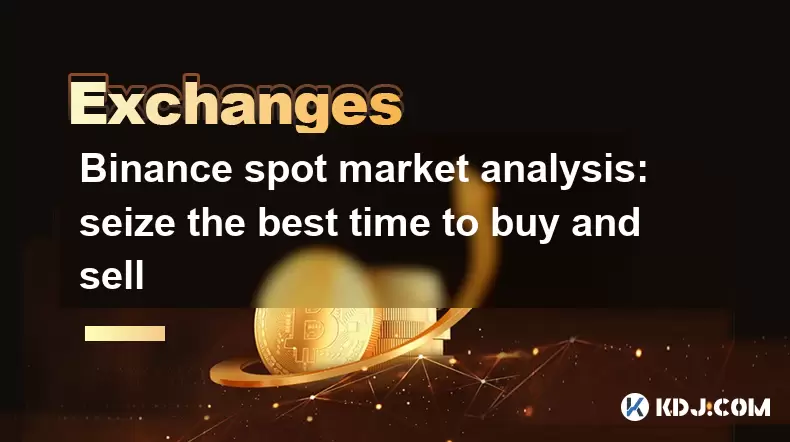
Binance spot market analysis: seize the best time to buy and sell
Jun 19,2025 at 04:56pm
Understanding the Binance Spot MarketThe Binance spot market is one of the most popular platforms for cryptocurrency trading globally. It allows users to trade digital assets at current market prices, making it essential for traders aiming to buy low and sell high. Unlike futures or margin trading, spot trading involves direct ownership of the asset aft...
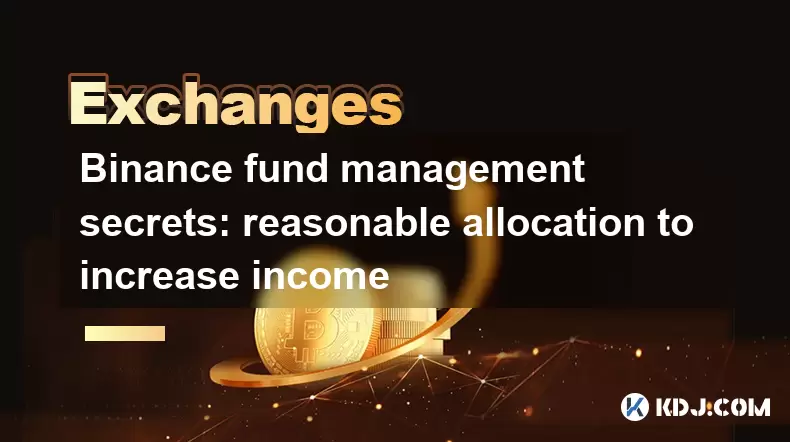
Binance fund management secrets: reasonable allocation to increase income
Jun 22,2025 at 02:29pm
Understanding Binance Fund ManagementBinance fund management involves strategic allocation of your cryptocurrency assets to optimize returns while managing risk. The key to successful fund management lies in understanding how different investment options on the Binance platform can be utilized to create a diversified portfolio. This includes spot tradin...
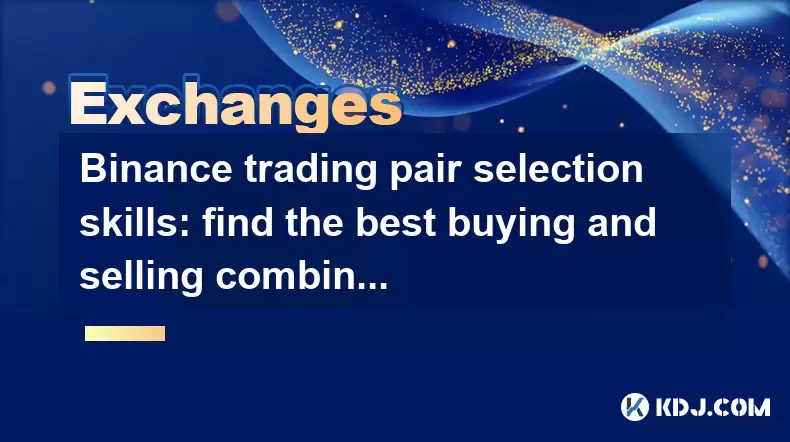
Binance trading pair selection skills: find the best buying and selling combination
Jun 23,2025 at 02:49am
Understanding the Basics of Trading Pairs on BinanceBefore diving into trading pair selection skills, it's essential to understand what a trading pair is. On Binance, a trading pair refers to two cryptocurrencies that can be traded against each other. For example, BTC/USDT means Bitcoin is being traded against Tether. Each trading pair has its own liqui...
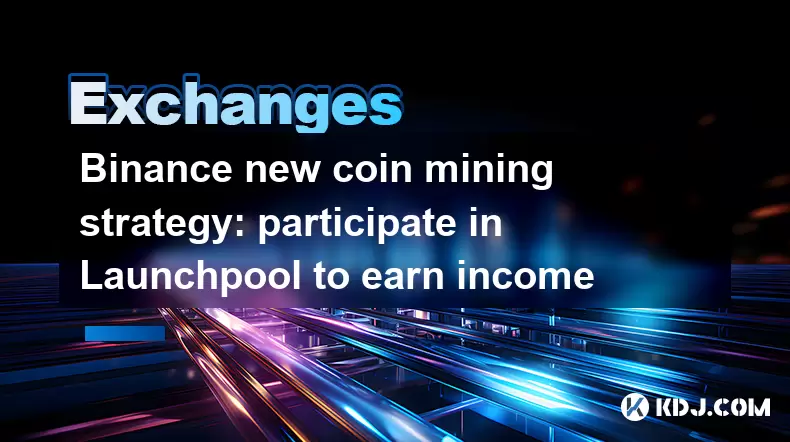
Binance new coin mining strategy: participate in Launchpool to earn income
Jun 23,2025 at 11:56am
What is Binance Launchpool and how does it work?Binance Launchpool is a feature introduced by the world’s largest cryptocurrency exchange, Binance, to allow users to earn new tokens through staking. This platform enables users to stake their existing cryptocurrencies (such as BNB, BUSD, or other supported assets) in exchange for newly launched tokens. T...
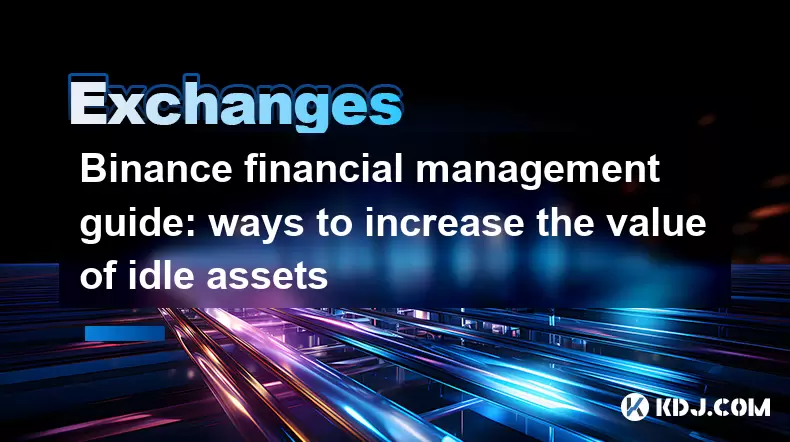
Binance financial management guide: ways to increase the value of idle assets
Jun 19,2025 at 11:22pm
Understanding Idle Assets in the Cryptocurrency SpaceIn the fast-paced world of cryptocurrency, idle assets refer to digital currencies that are not actively being used for trading, staking, or yield farming. Holding these funds in a wallet without utilizing them means missing out on potential growth opportunities. Binance, as one of the leading platfor...
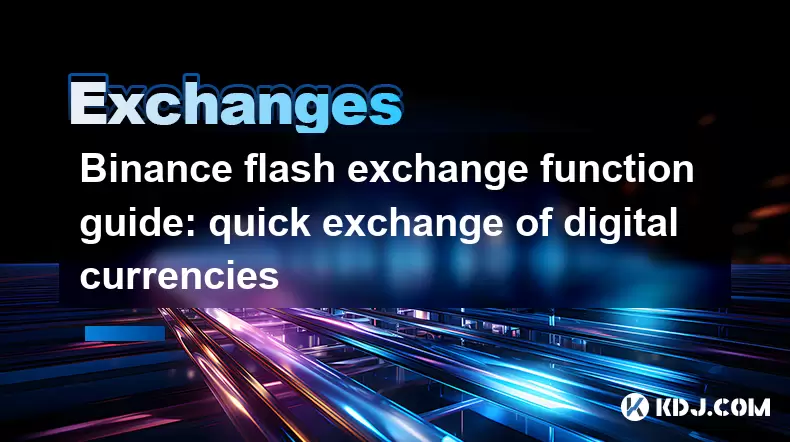
Binance flash exchange function guide: quick exchange of digital currencies
Jun 23,2025 at 12:29pm
What is the Binance Flash Exchange Function?The Binance Flash Exchange function is a powerful tool designed to allow users to instantly swap between supported cryptocurrencies without the need for placing traditional buy/sell orders. This feature simplifies the trading process by offering a direct exchange mechanism, eliminating the requirement to conve...

Binance spot market analysis: seize the best time to buy and sell
Jun 19,2025 at 04:56pm
Understanding the Binance Spot MarketThe Binance spot market is one of the most popular platforms for cryptocurrency trading globally. It allows users to trade digital assets at current market prices, making it essential for traders aiming to buy low and sell high. Unlike futures or margin trading, spot trading involves direct ownership of the asset aft...

Binance fund management secrets: reasonable allocation to increase income
Jun 22,2025 at 02:29pm
Understanding Binance Fund ManagementBinance fund management involves strategic allocation of your cryptocurrency assets to optimize returns while managing risk. The key to successful fund management lies in understanding how different investment options on the Binance platform can be utilized to create a diversified portfolio. This includes spot tradin...

Binance trading pair selection skills: find the best buying and selling combination
Jun 23,2025 at 02:49am
Understanding the Basics of Trading Pairs on BinanceBefore diving into trading pair selection skills, it's essential to understand what a trading pair is. On Binance, a trading pair refers to two cryptocurrencies that can be traded against each other. For example, BTC/USDT means Bitcoin is being traded against Tether. Each trading pair has its own liqui...

Binance new coin mining strategy: participate in Launchpool to earn income
Jun 23,2025 at 11:56am
What is Binance Launchpool and how does it work?Binance Launchpool is a feature introduced by the world’s largest cryptocurrency exchange, Binance, to allow users to earn new tokens through staking. This platform enables users to stake their existing cryptocurrencies (such as BNB, BUSD, or other supported assets) in exchange for newly launched tokens. T...

Binance financial management guide: ways to increase the value of idle assets
Jun 19,2025 at 11:22pm
Understanding Idle Assets in the Cryptocurrency SpaceIn the fast-paced world of cryptocurrency, idle assets refer to digital currencies that are not actively being used for trading, staking, or yield farming. Holding these funds in a wallet without utilizing them means missing out on potential growth opportunities. Binance, as one of the leading platfor...

Binance flash exchange function guide: quick exchange of digital currencies
Jun 23,2025 at 12:29pm
What is the Binance Flash Exchange Function?The Binance Flash Exchange function is a powerful tool designed to allow users to instantly swap between supported cryptocurrencies without the need for placing traditional buy/sell orders. This feature simplifies the trading process by offering a direct exchange mechanism, eliminating the requirement to conve...
See all articles























































































